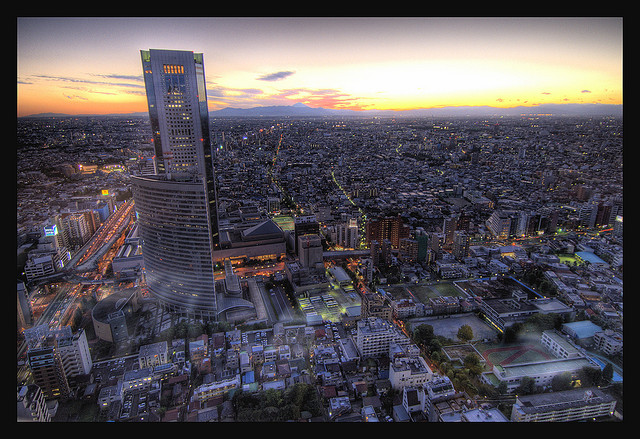A shift into riskier investments has paid off for Japan’s pension fund – at least in the fourth quarter of 2014.
In late 2014, Japan’s Government Pension Investment Fund (GPIF) began a portfolio overhaul that involved shifting a higher percentage of assets away from bonds and into stocks.
The well-publicized shift proved to be a boon for the Tokyo stock market, and the pension fund rode that wave as the fourth quarter of 2014 proved to be the second-best quarter in the fund’s history.
From the Wall Street Journal:
The GPIF on Friday reported a ¥6.6 trillion ($55 billion) investment profit in the December-ended quarter, a return of 5.2% compared with the previous quarter. The fund generated a return of 2.9% in the third quarter.
The value of the its assets under management reached ¥137 trillion, the highest since the fund was created in 2001.
GPIF officials don’t reveal the specifics of their investment activities, but figures released Friday showed the fund has likely sold about ¥6.5 trillion of Japanese government bonds during the quarter while buying roughly ¥2 trillion each of overseas and domestic equities, according to a Wall Street Journal analysis.
[…]
At the end of October, the GPIF announced major changes to its asset allocations, cutting its intended weighting to domestic bonds to 35% from 60%. It raised the allocation to foreign and domestic equities to 25% each, from 12% each, and to foreign bonds to 15% from 11%.
The fund is still only halfway toward achieving these targets.
The GPIF manages $1.1 trillion in pension assets and is the largest pension fund in the world.
Photo by Ville Miettinen via Flickr CC License
